Family goal planners are tools that help families set, track, and achieve shared goals while improving communication and strengthening relationships. Here’s why they work and how to use them effectively:
Family goal planners are not just about organization – they’re tools for connection, growth, and creating meaningful family moments.
Picking the right family goal planner can help keep everyone on the same page and engaged over time.
When looking for a family goal planner, focus on how easy it is to use and adapt to your needs. A good planner should offer customizable layouts with daily, weekly, and monthly views to manage both short-term tasks and big-picture goals. It should also provide enough room for everyone’s input while staying organized.
Key features to look for:
| Feature | Digital Planners | Physical Planners |
|---|---|---|
| Accessibility | Sync across devices, available anywhere | Limited to where the planner is kept |
| Customization | Easy edits, endless space | Hands-on decorating with stickers, etc. |
| Engagement | Interactive tools, reminders | Tactile experience, artistic freedom |
| Durability | No wear, automatic backups | Can wear out, requires physical storage |
| Family Interaction | Allows remote collaboration | Encourages in-person interaction |
The best planners match your family’s unique routines and values. Start by identifying your household’s main priorities and daily flow.
Here are some ways to make your planner work for your family:
Once your planner feels like a good fit, you can begin setting goals that balance individual ambitions with shared family priorities.
Set up a dedicated spot for planning in a place where your family naturally gathers, like the kitchen. This planning station can include your goal planner, pens, markers, decorative items, and even a bulletin board for tracking progress. Think of it as the physical hub for your family’s coordination and goal-setting.
Once the space is ready, bring everyone together to help set up the planner itself.
Make setting up the planner a group activity to get everyone involved and excited. Pick a time when the whole family is free and distractions are minimal.
Give everyone a role based on their age:
You can also work together to design trackers for shared milestones, creating a sense of teamwork.
After the initial setup, personalize the planner to keep it engaging and fun. Add creative touches that match your family’s style while keeping the layout practical.
Some ideas include:
To balance creativity with functionality, set aside specific areas for decoration while keeping key planning sections clear. Use flexible tools like sticky notes or magnetic accessories to make updates easy and keep things organized.
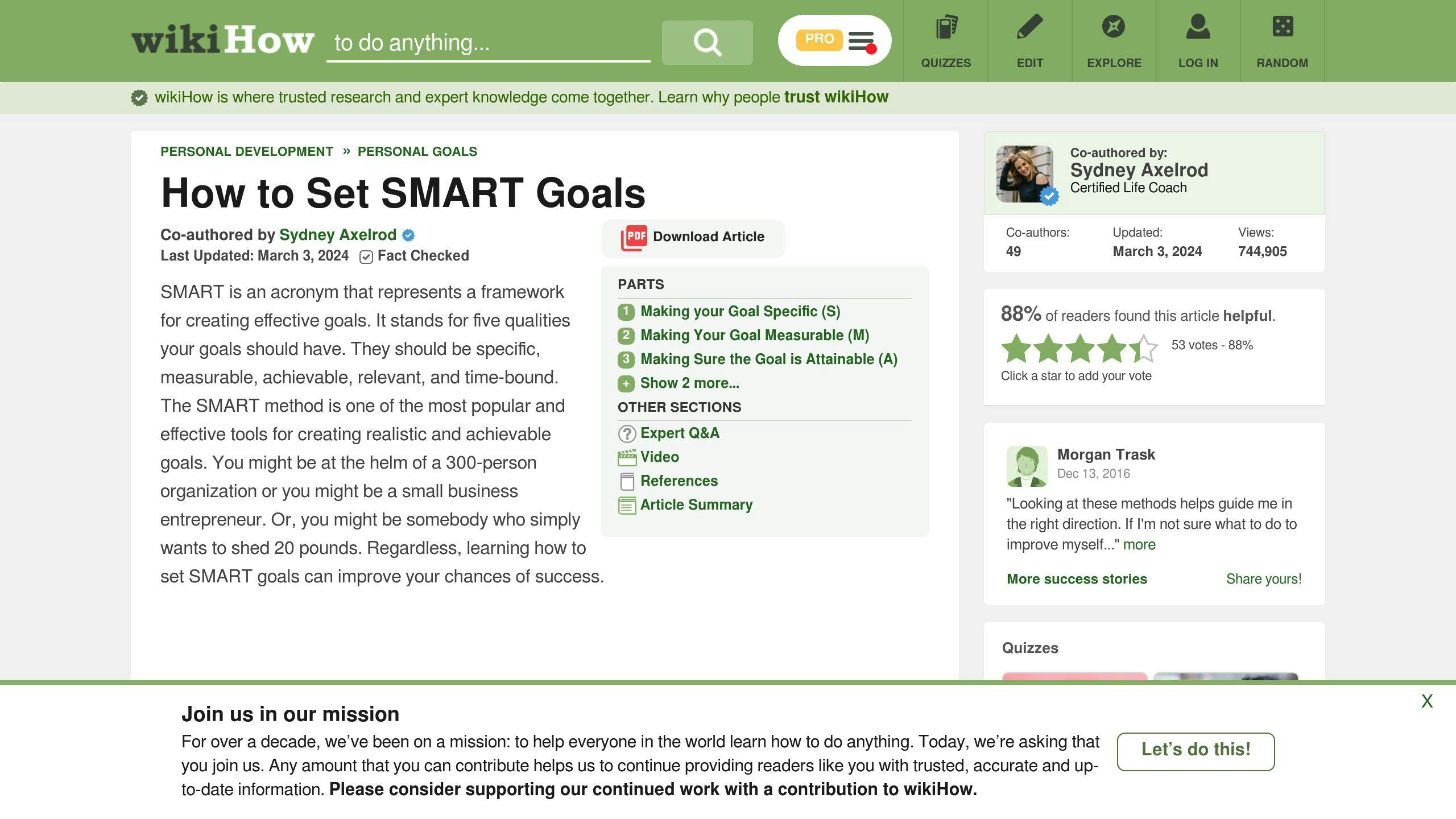
The SMART framework helps turn family dreams into practical goals with clear steps and accountability:
| SMART Element | How It Applies to Family Goals | Example |
|---|---|---|
| Specific | Clearly define what you want to achieve | "Save $1,000 for summer vacation" instead of "Save money" |
| Measurable | Add numbers or milestones to track progress | "Reduce screen time by 30 minutes daily" |
| Achievable | Set goals that are realistic and doable | "Cook together twice per week" |
| Relevant | Make sure goals align with family priorities | "Weekly outdoor activities for better health" |
| Time-bound | Set a deadline to aim for | "Complete home garden project by May 2025" |
Once you’ve outlined your goals, ensure they also align with individual family members’ aspirations. This approach helps maintain balance and harmony within the household.
To connect personal ambitions with family objectives, start by holding a family meeting. Discuss everyone’s individual goals and explore how they tie into the family’s shared vision. Use the family values you identified during planner customization (refer to ‘Tailoring Your Planner to Family Needs’) as a guide.
For example, younger children might need help shaping their interests into achievable goals. If your child enjoys art, their personal goal could be "complete one drawing project weekly", while the family might aim to "visit two art museums this quarter." Similarly, if a parent wants to explore new cuisines, this could align with the family’s goal of creating more enjoyable dinner experiences.
Balancing short- and long-term goals keeps the family motivated. Quick wins provide a sense of accomplishment, while larger goals build excitement for what’s ahead.
Here’s how to structure your planning:
This mix of timelines ensures steady progress while keeping things fun and engaging for everyone.
Regular check-ins are a great way to stay on track with your goals. Use these family meetings to create accountability and keep everyone engaged. Set a clear agenda to make the most of your time together:
Celebrating milestones can keep everyone motivated and make the process more enjoyable. Tie these celebrations to the visual trackers and creative tools you set up earlier.
| Milestone Type | Celebration Ideas | Purpose |
|---|---|---|
| Weekly Wins | Family game night or movie evening | Recognize small victories and build momentum |
| Monthly Achievements | Themed dinners tied to goals | Highlight progress over the month |
| Quarterly Goals | Family outing or adventure day | Reward ongoing effort |
| Annual Milestones | Vacation or a big family reward | Mark major accomplishments |
Sometimes, goals need to change – and that’s okay. Treat these moments as chances to work together and stay flexible. Revisit your goals with the same collaborative spirit you used when creating your plans.
"When we have conviction in the ‘why’ behind our goals, we’ll be more likely to follow through with them." [1]
Here are some reasons you might need to adjust:
Using these strategies for setting, tracking, and adjusting goals together, families often find that a family goal planner becomes much more than a simple scheduling tool – it transforms into a way to bring everyone closer. Collaborative planning and shared accountability help build trust and resilience while working toward shared goals.
The stickers, color-coding, and shared planning space aren’t just for organization – they’re ways to celebrate progress and growth as a family. By structuring goals with the SMART framework, tracking achievements, and celebrating milestones, families create an environment of support and understanding.
This process doesn’t just organize schedules – it deepens relationships and creates meaningful memories. Turning everyday planning into moments of connection helps make the family’s shared journey something truly special.
Stickers Made for Planning
Our custom stickers are a fuss-free way to brighten up your planner pages with perfectly-sized designs that add a spark of personality to every layout.
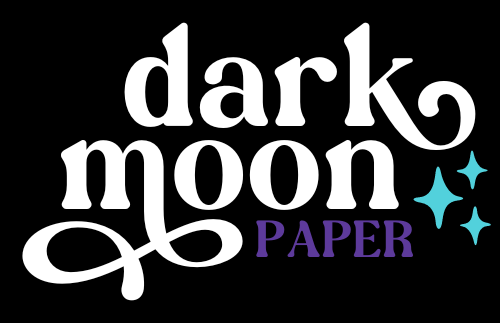
Why use planner stickers?
Planner stickers make organizing easy, fun, and personal! Add color, creativity, and structure to every page, transforming your planner into a tool that reflects you. Perfect for tracking, decorating, and staying inspired daily!
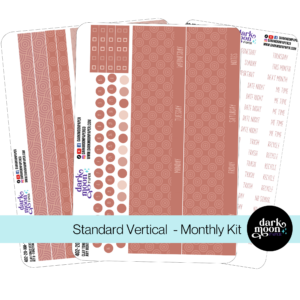
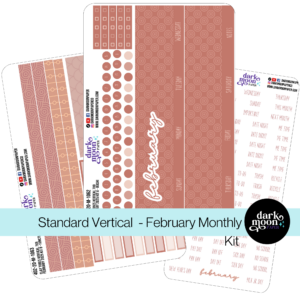
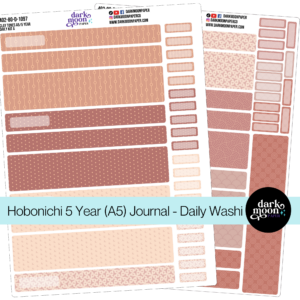
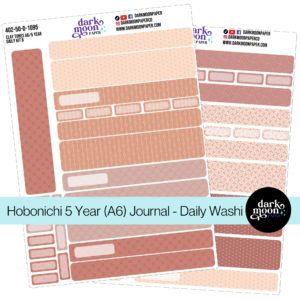
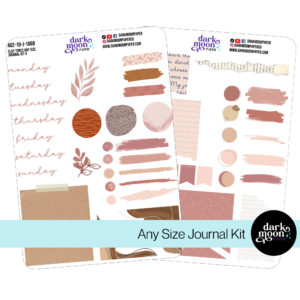
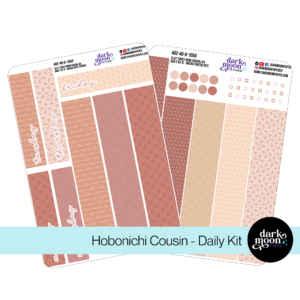

Hello and welcome!
I’m Rachael Snow, a lifelong artist and entrepreneur, and I started Dark Moon Paper to blend my love of art, technology, and the mysterious beauty of the world around us. My sticker kits are meant to set the mood, tell a story, and give you a little escape from the ordinary.
I work from my cozy studio tucked away in the beautiful woods of Oregon, surrounded by nature and a dark night sky full of stars.